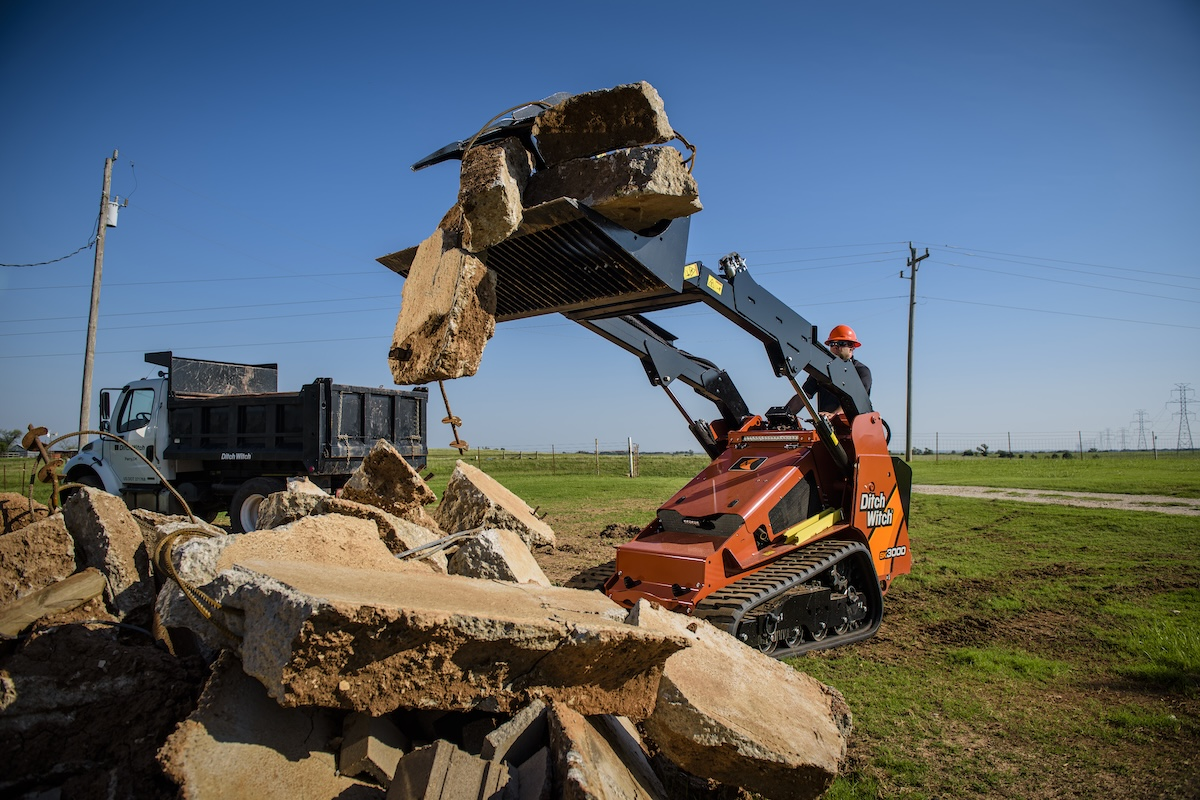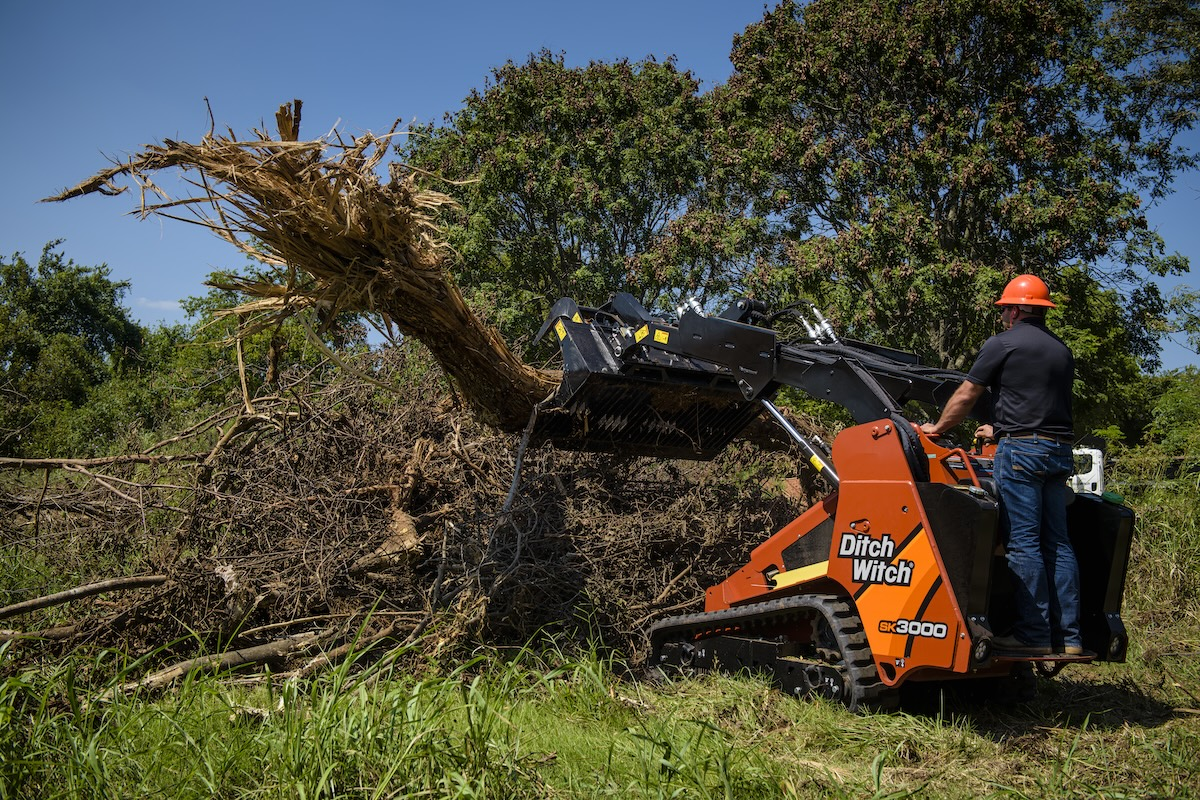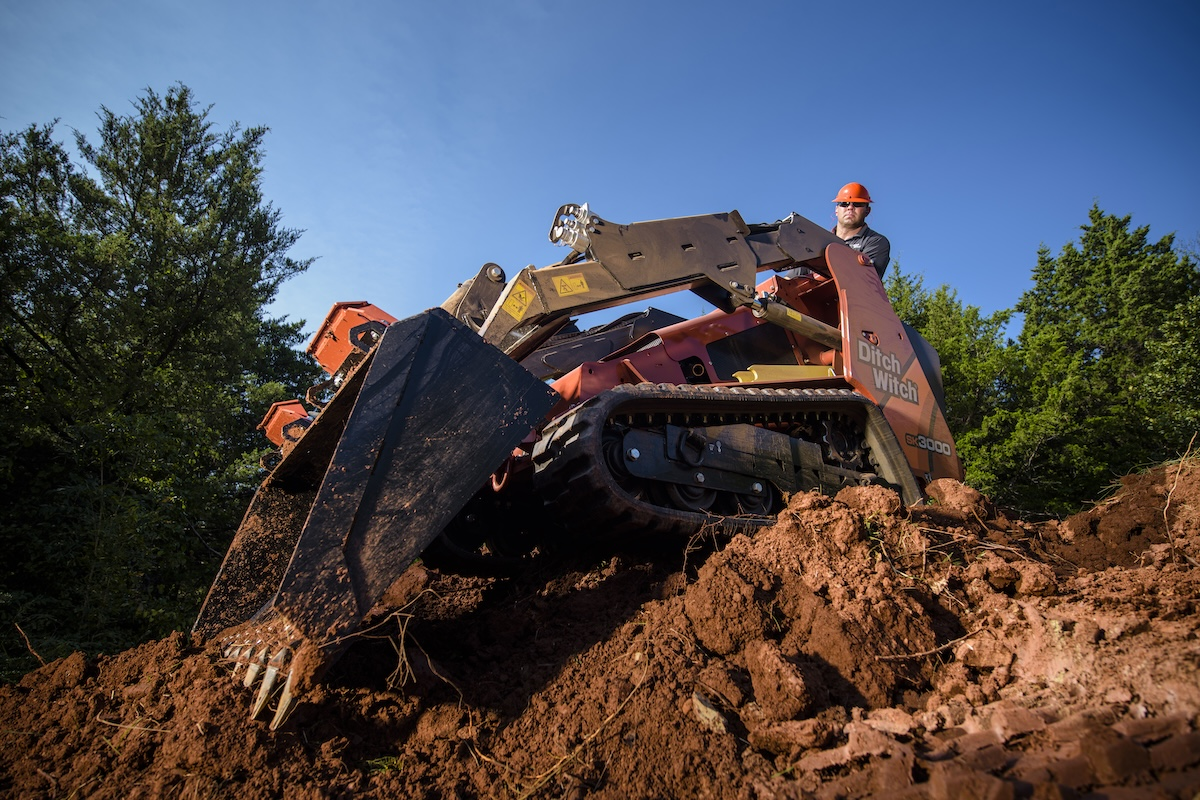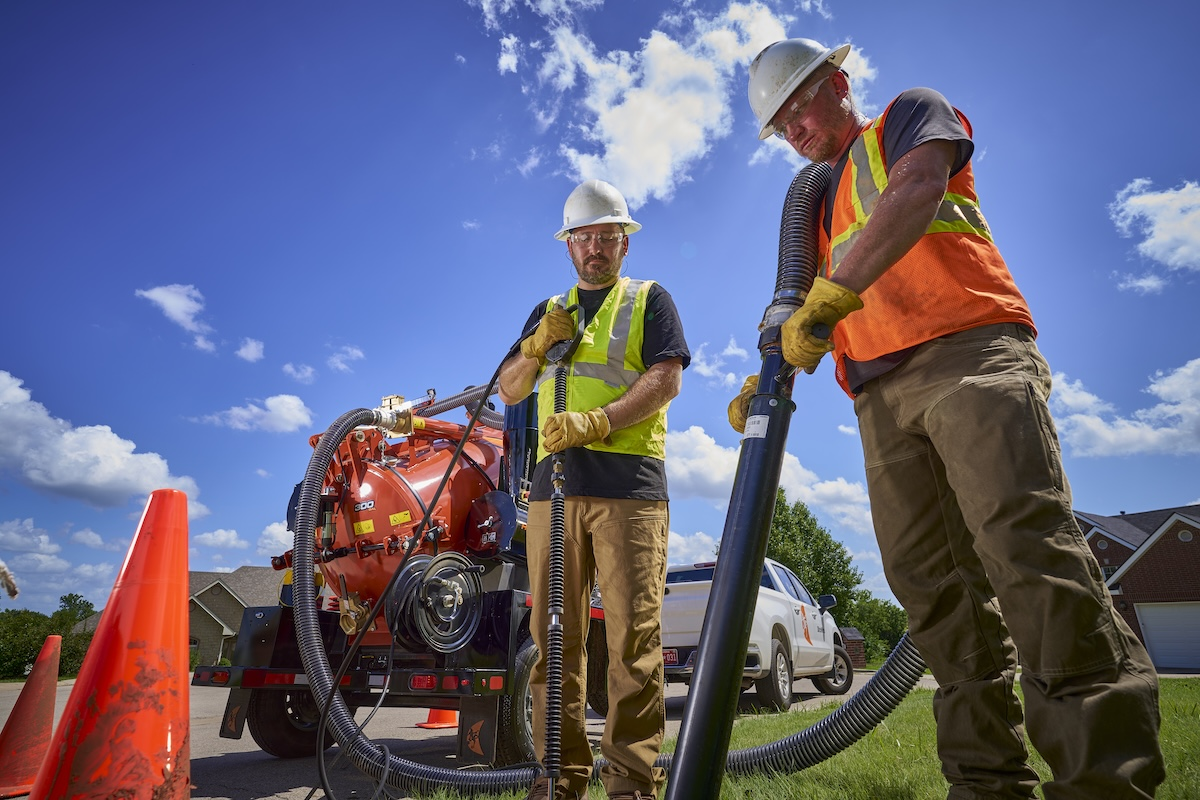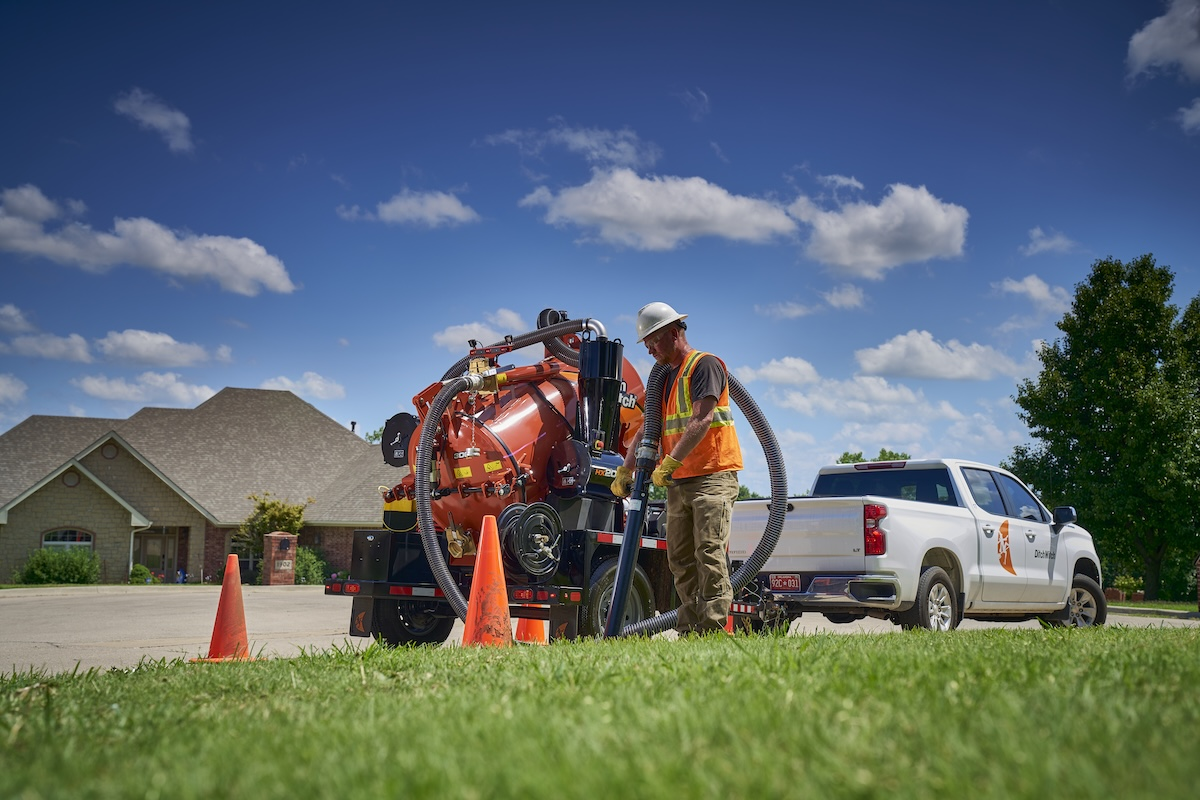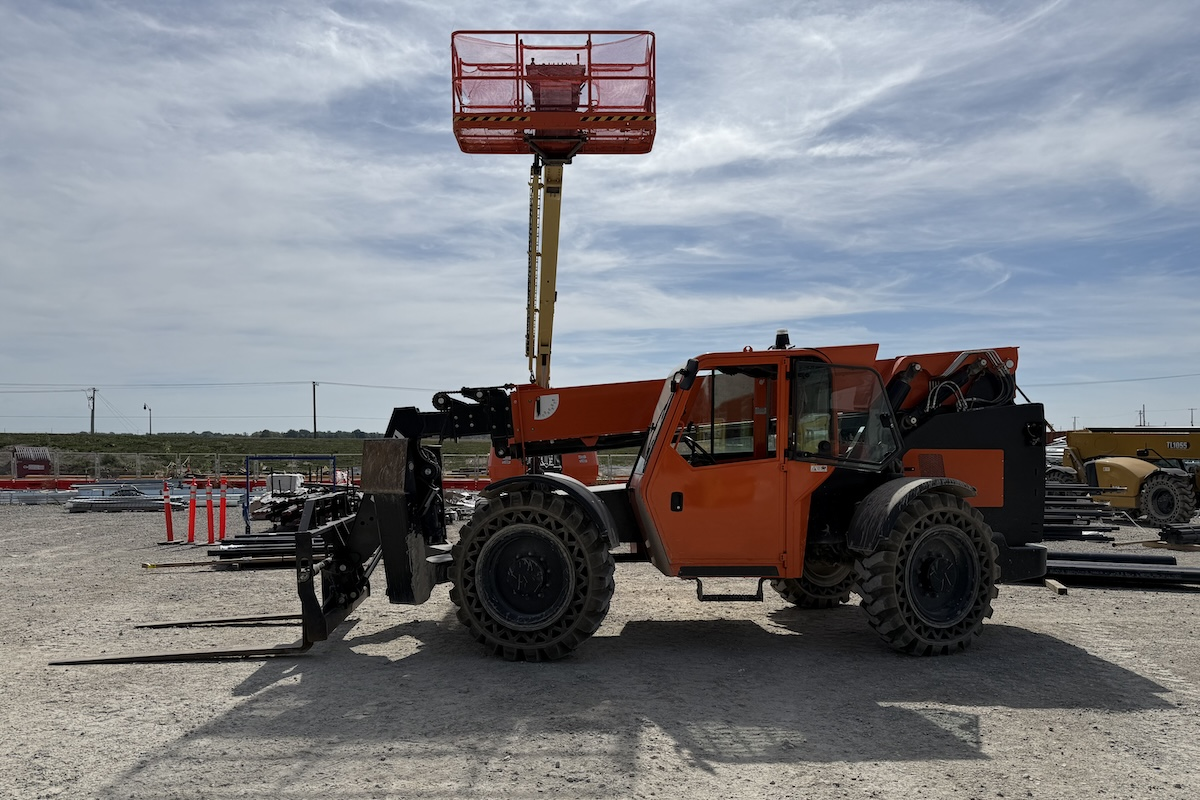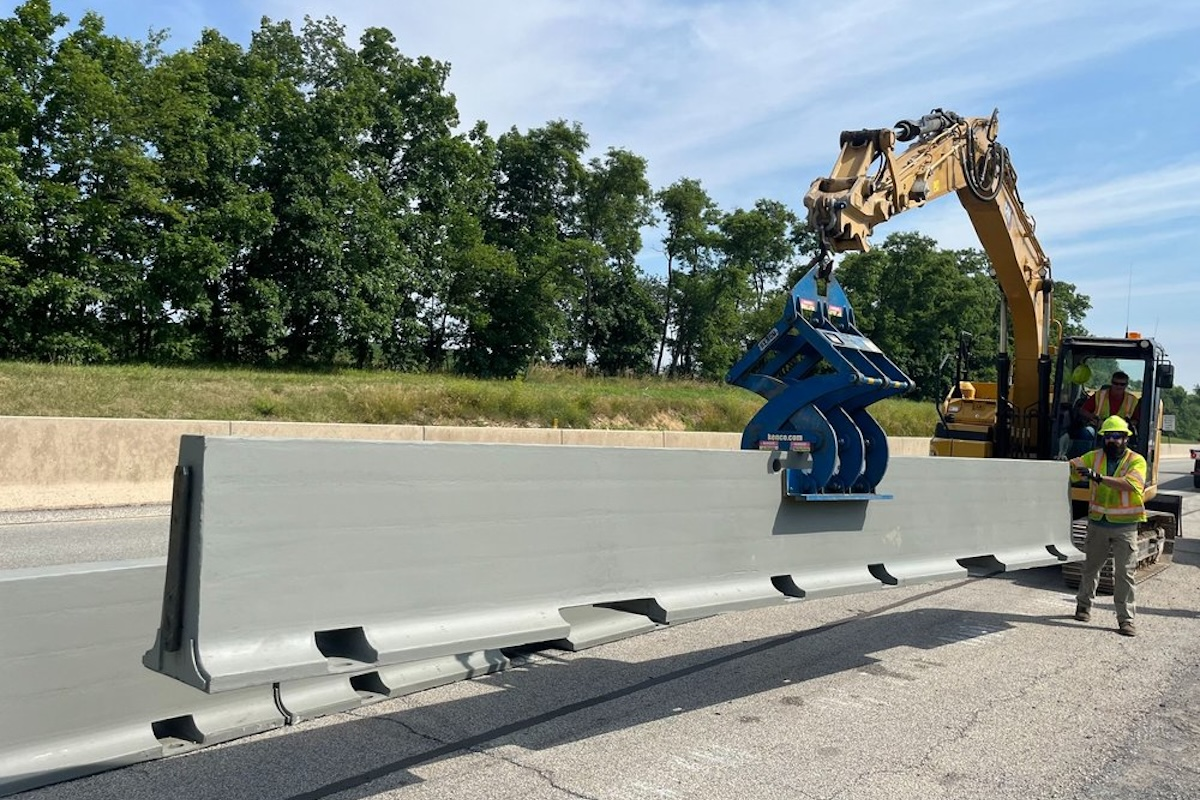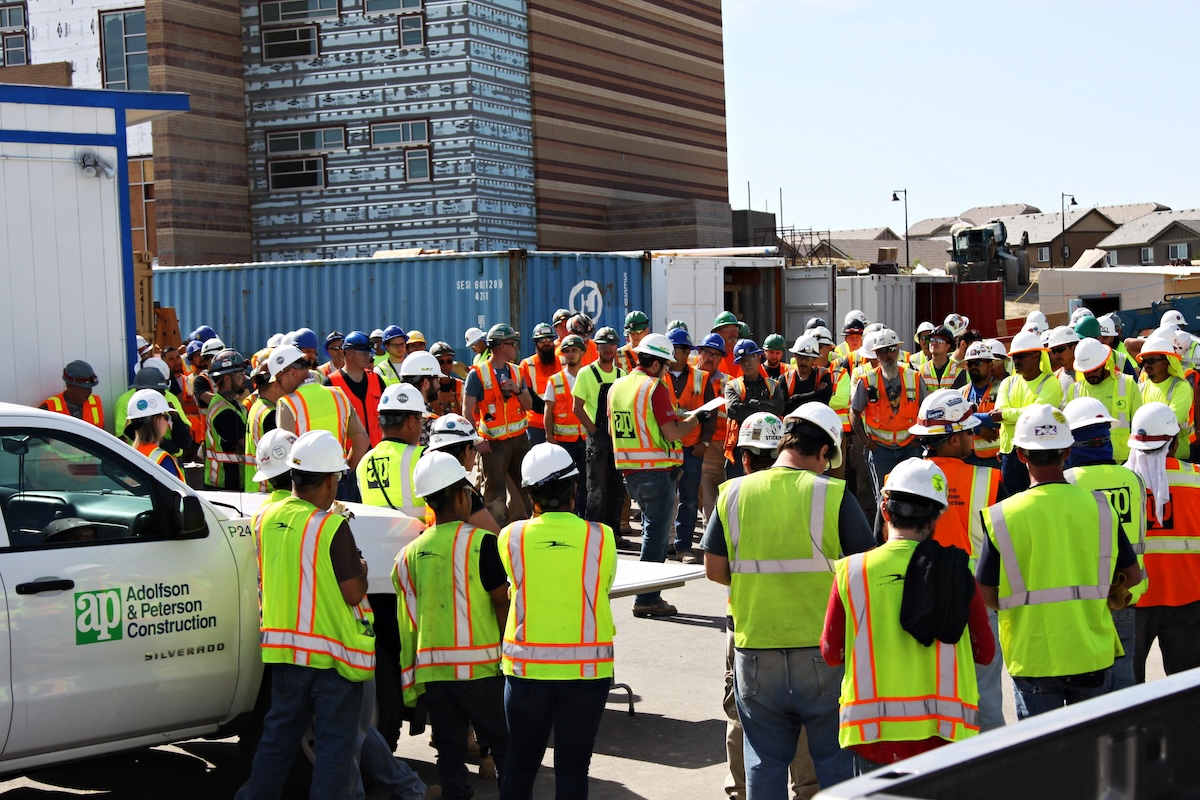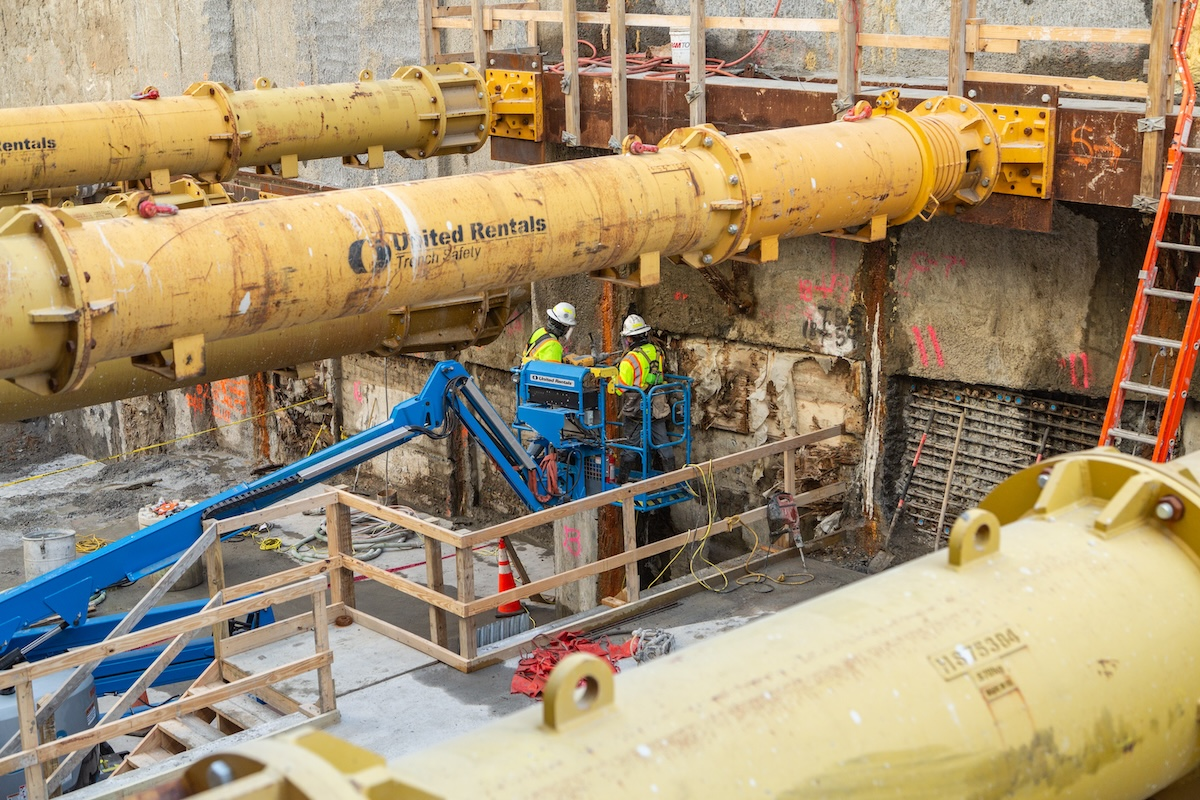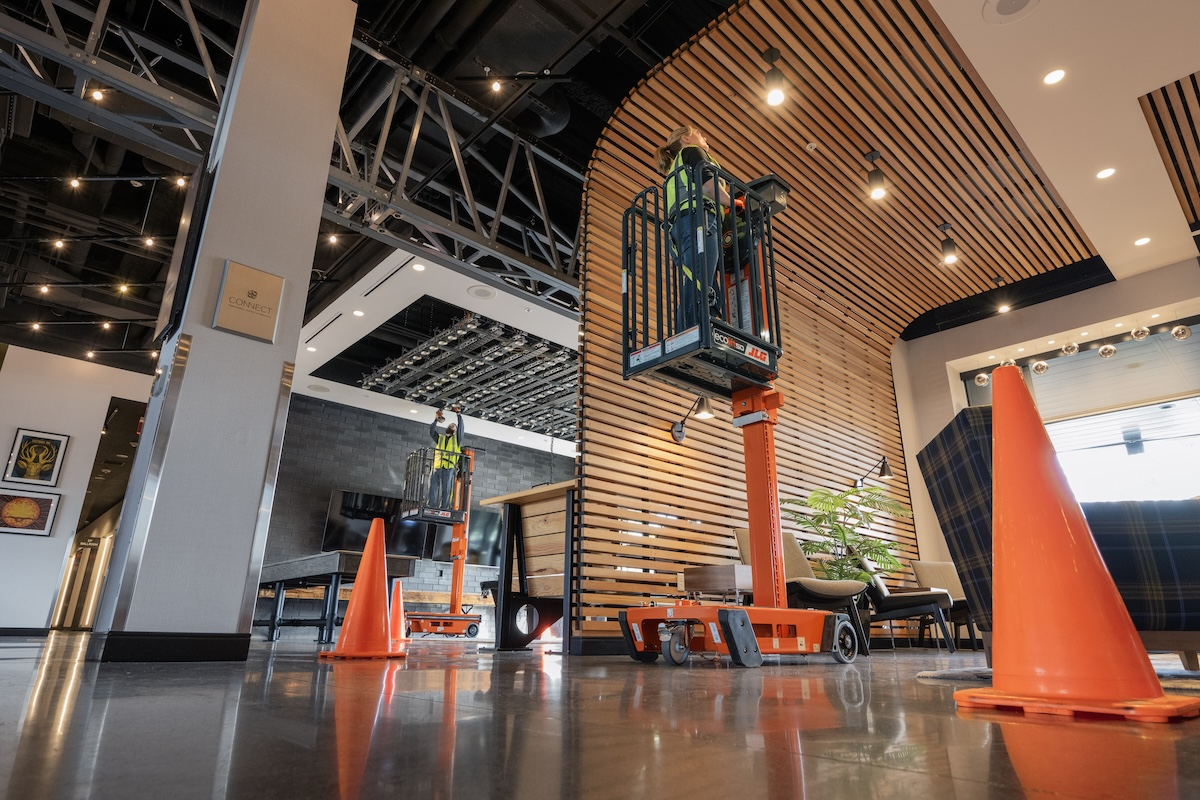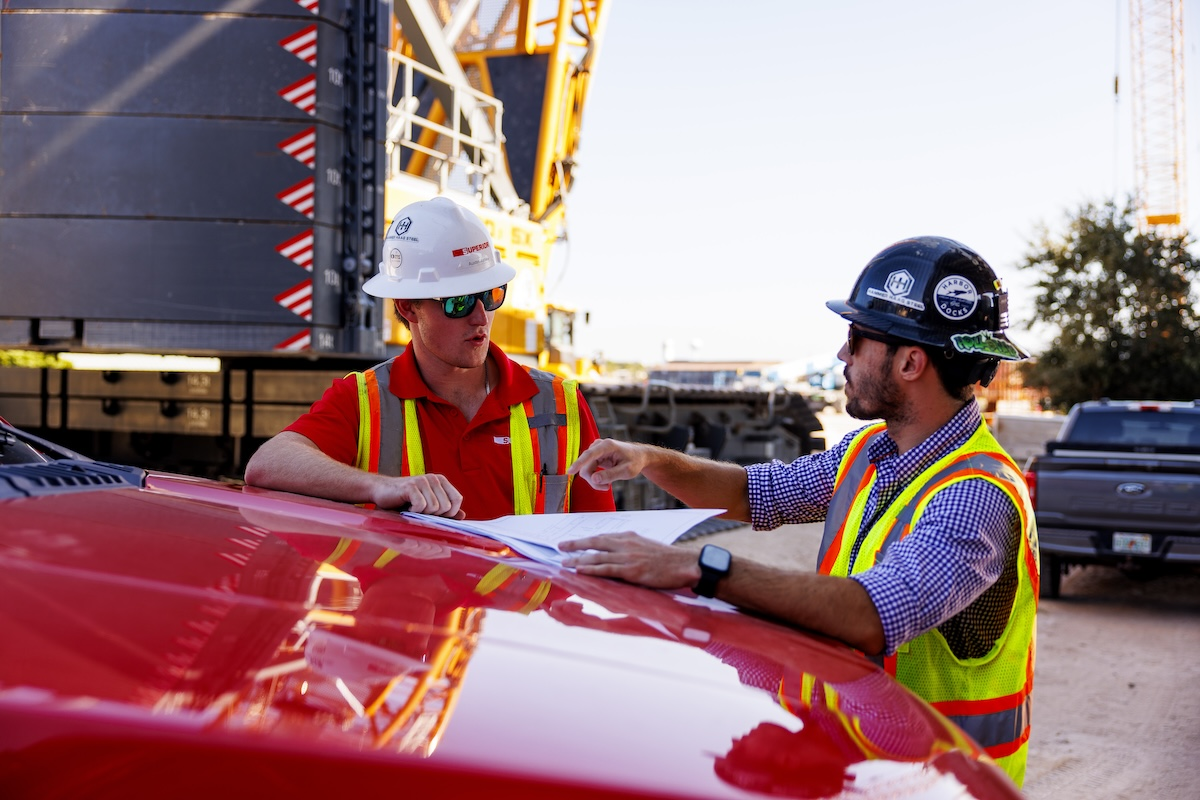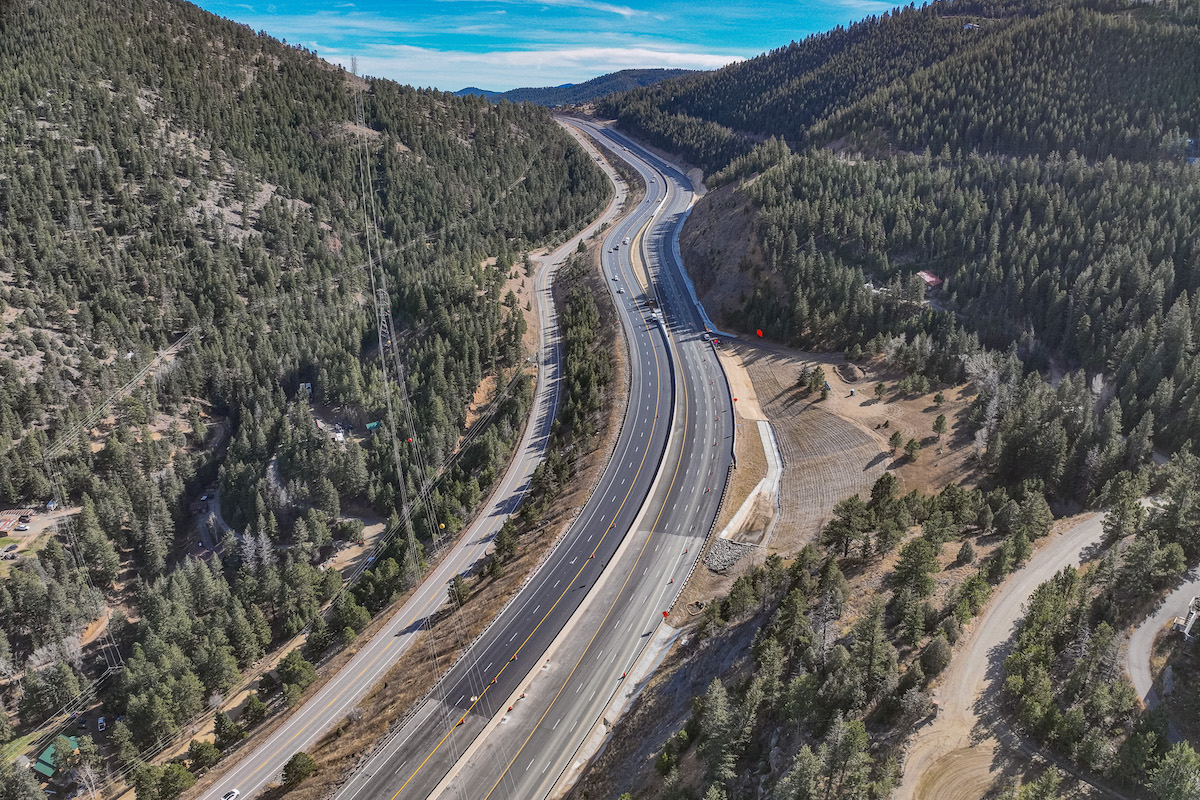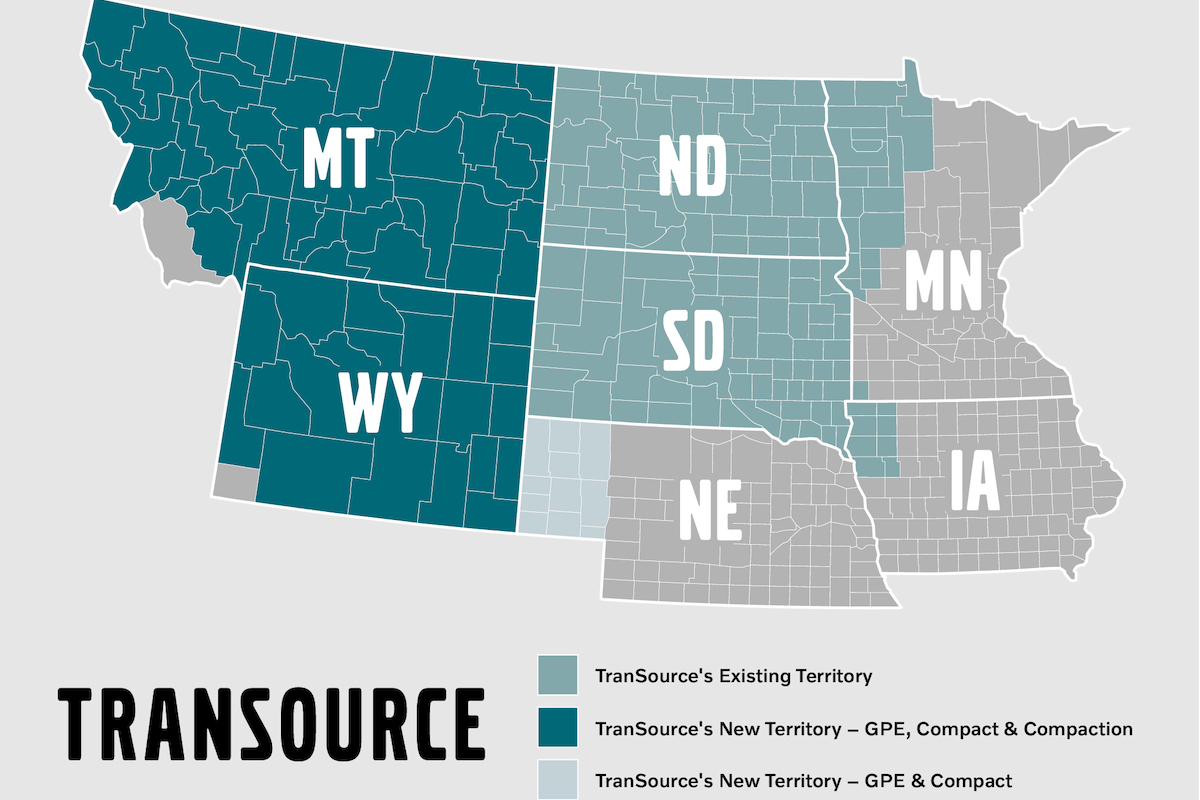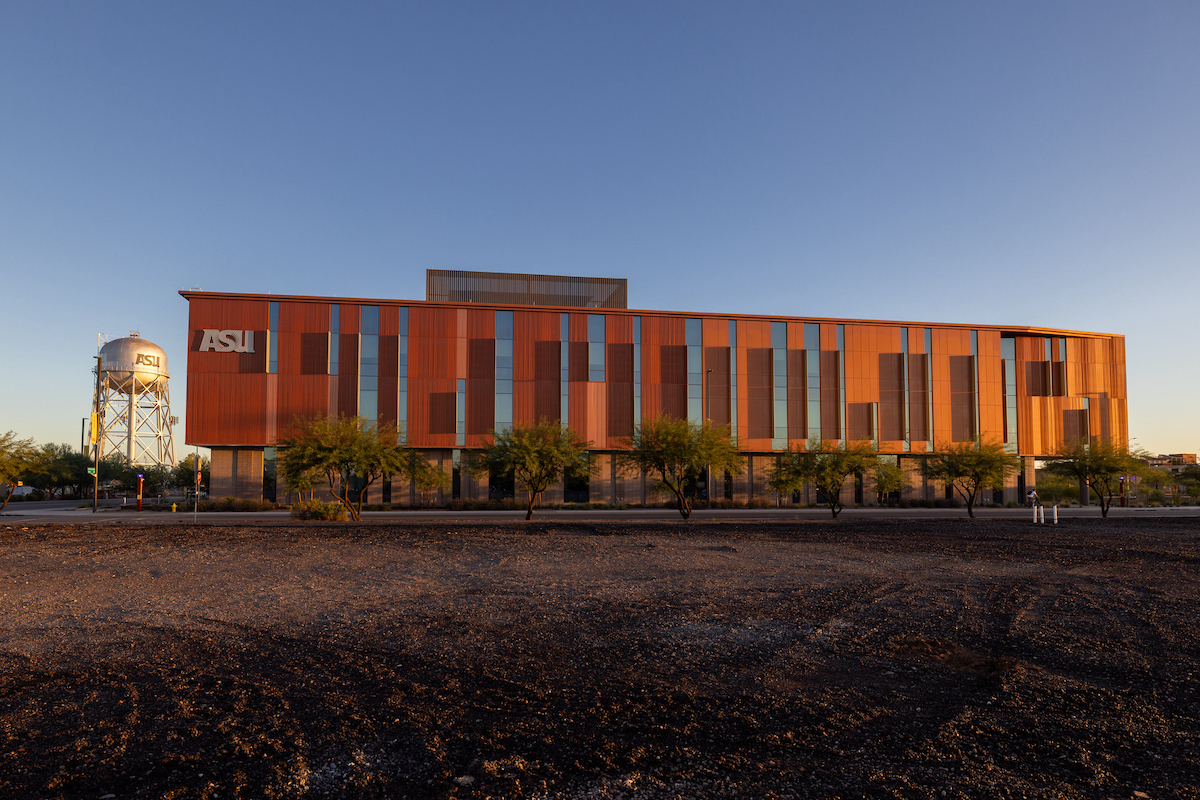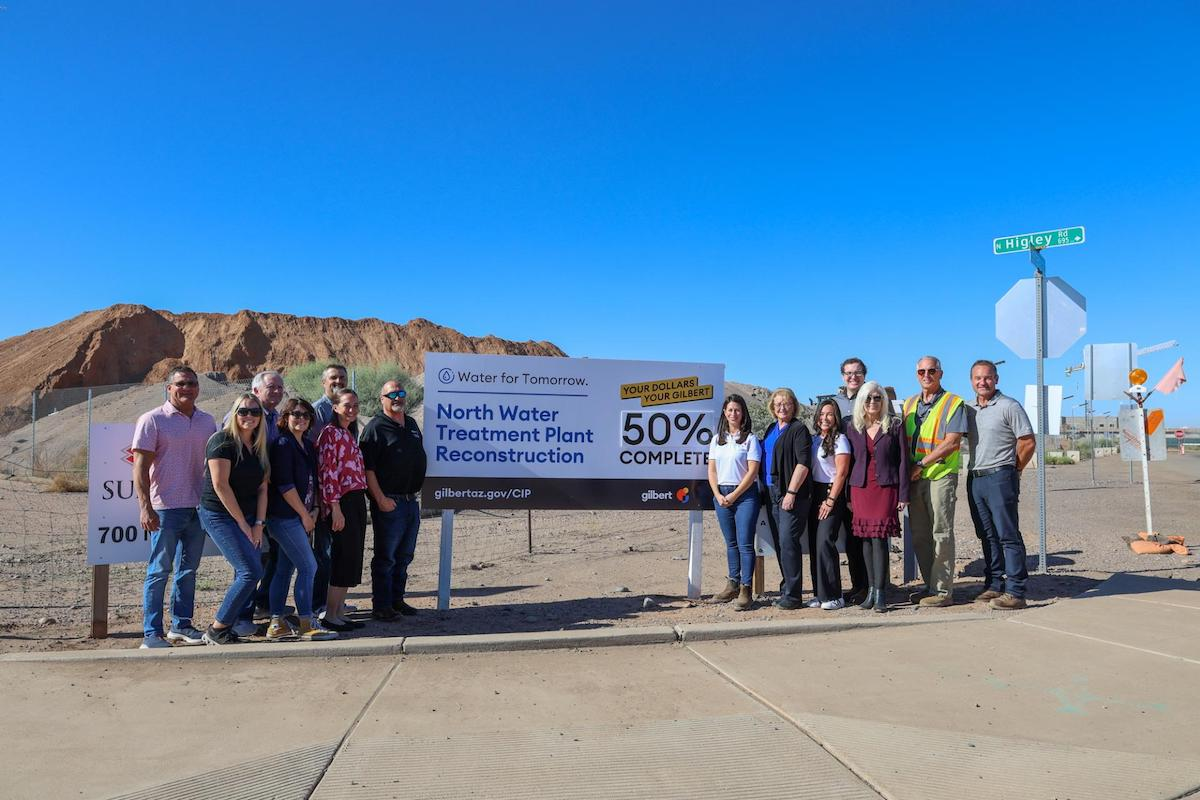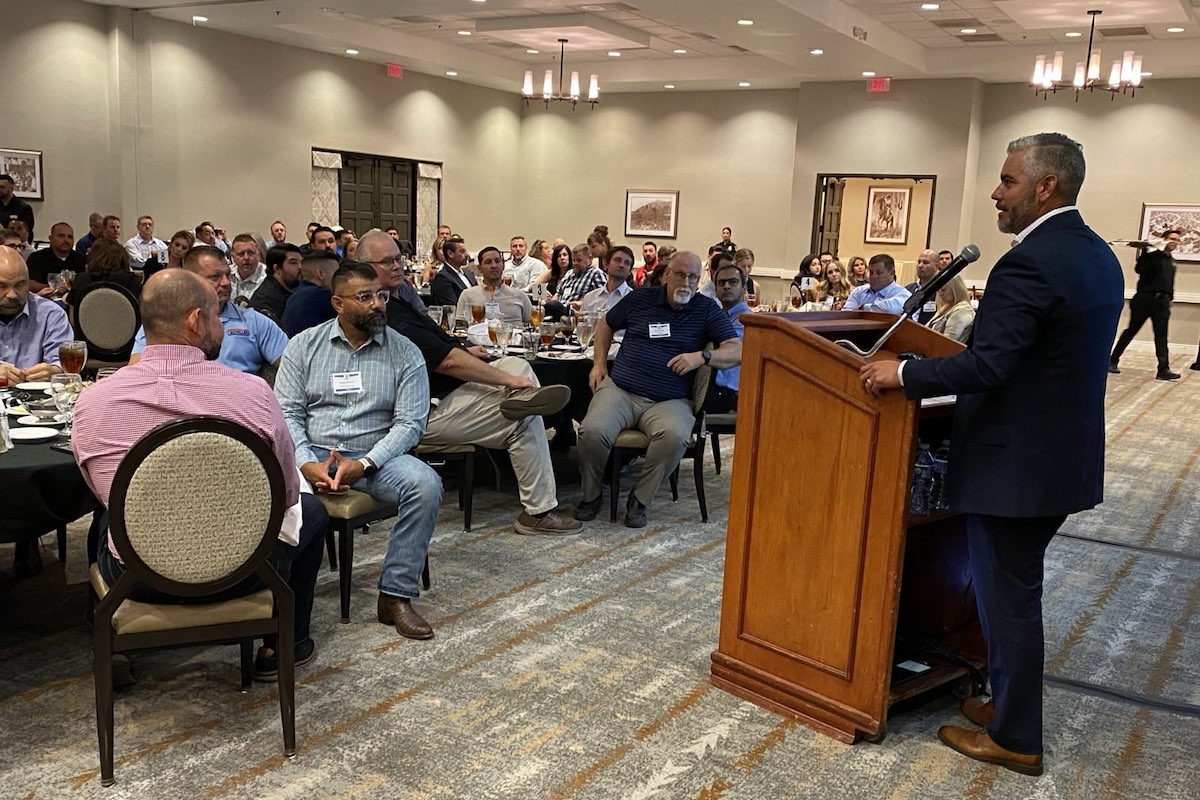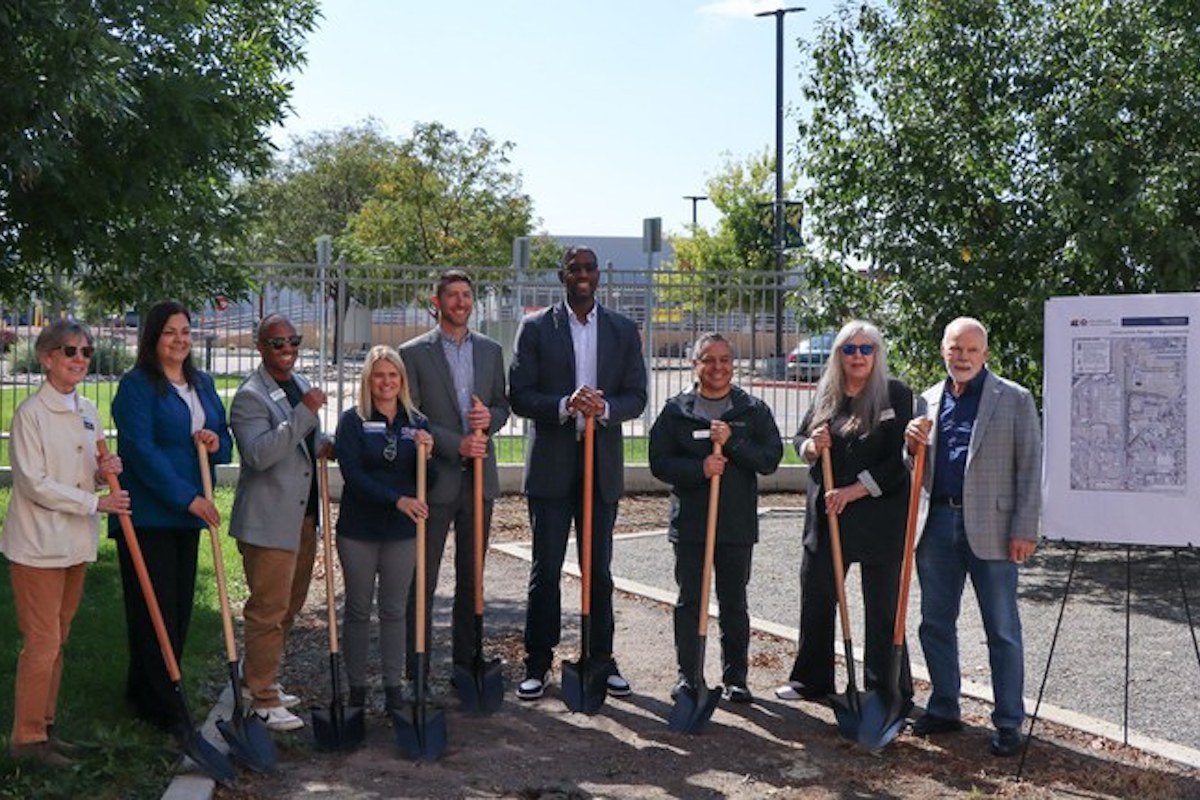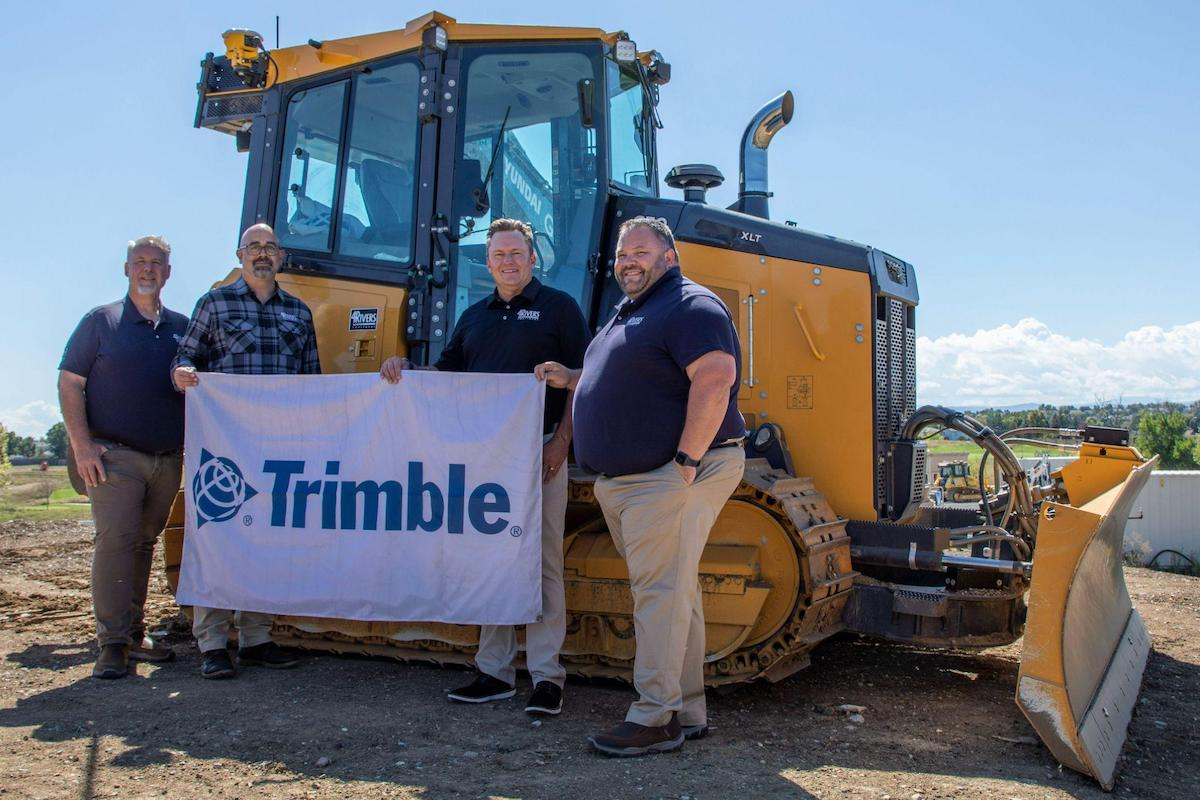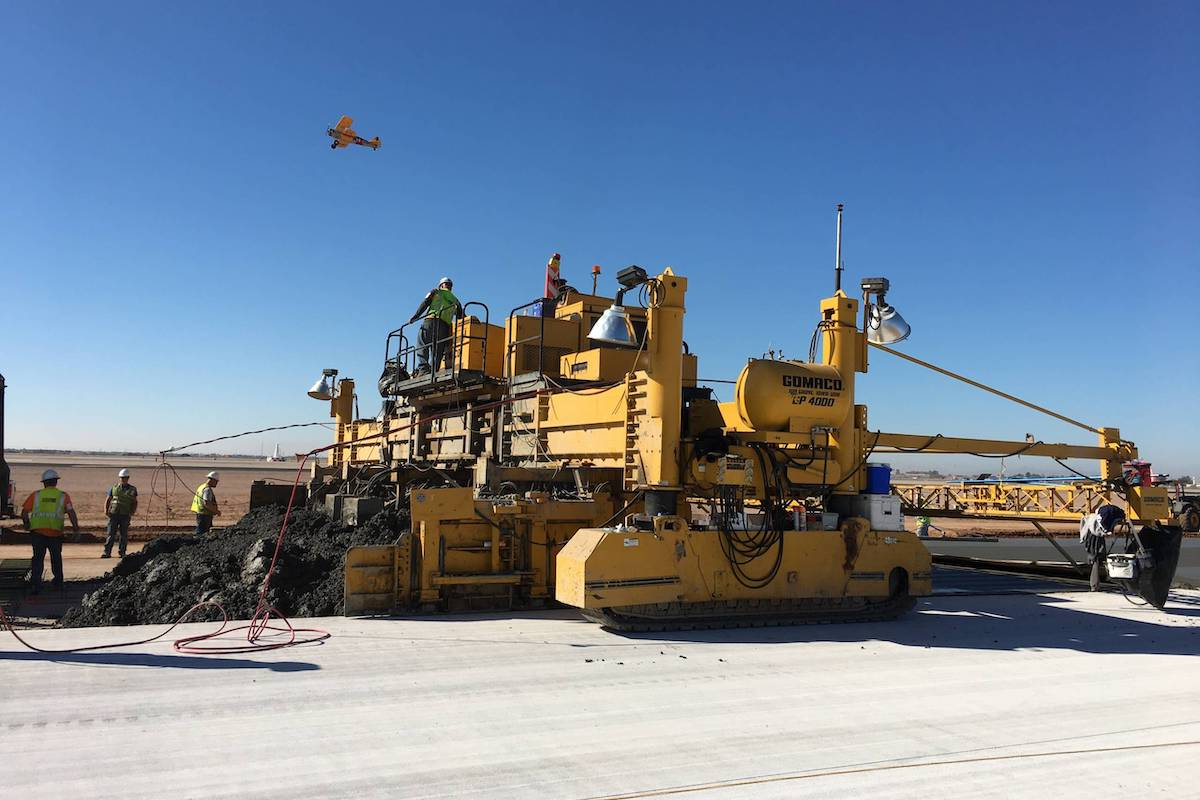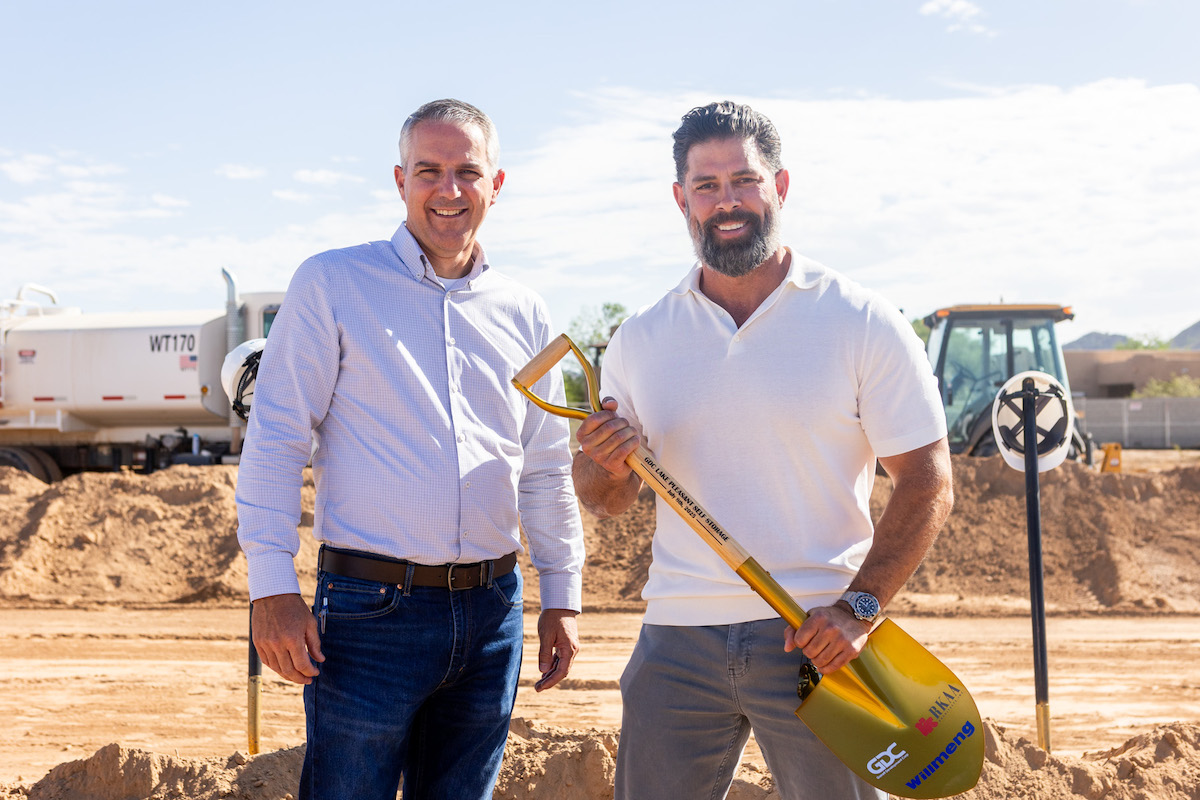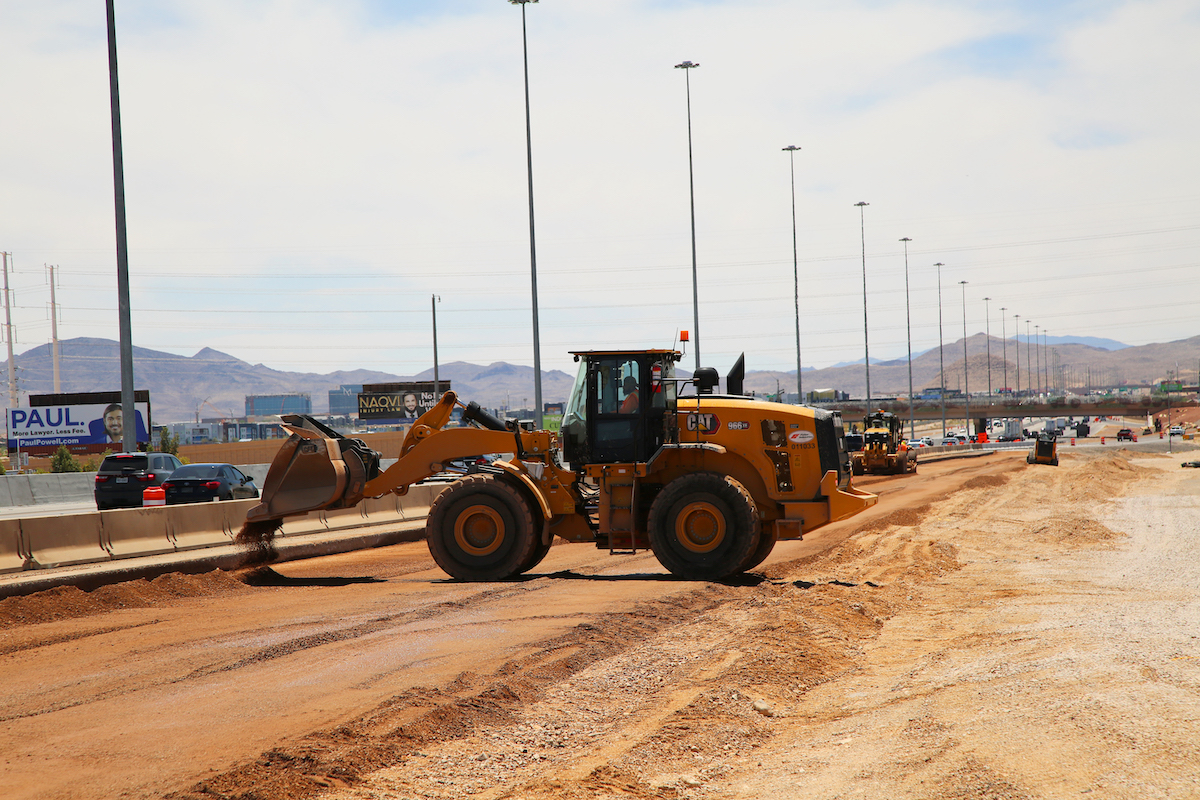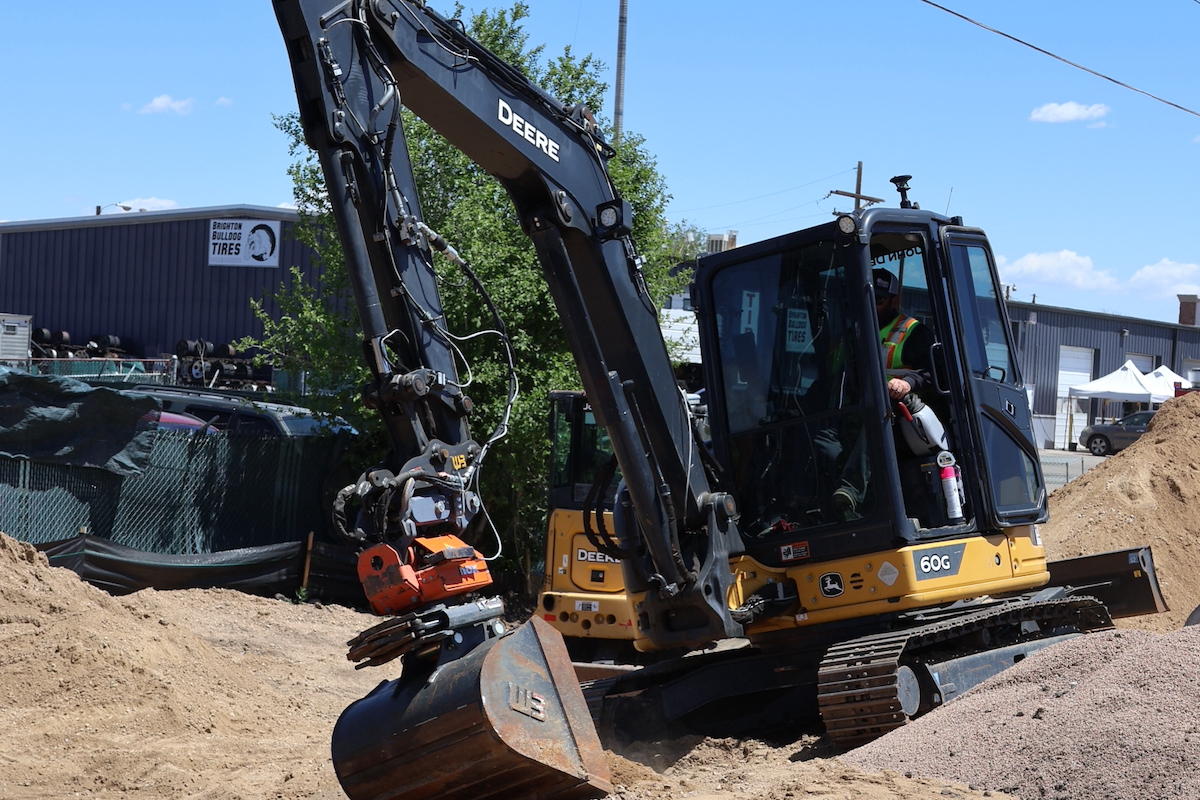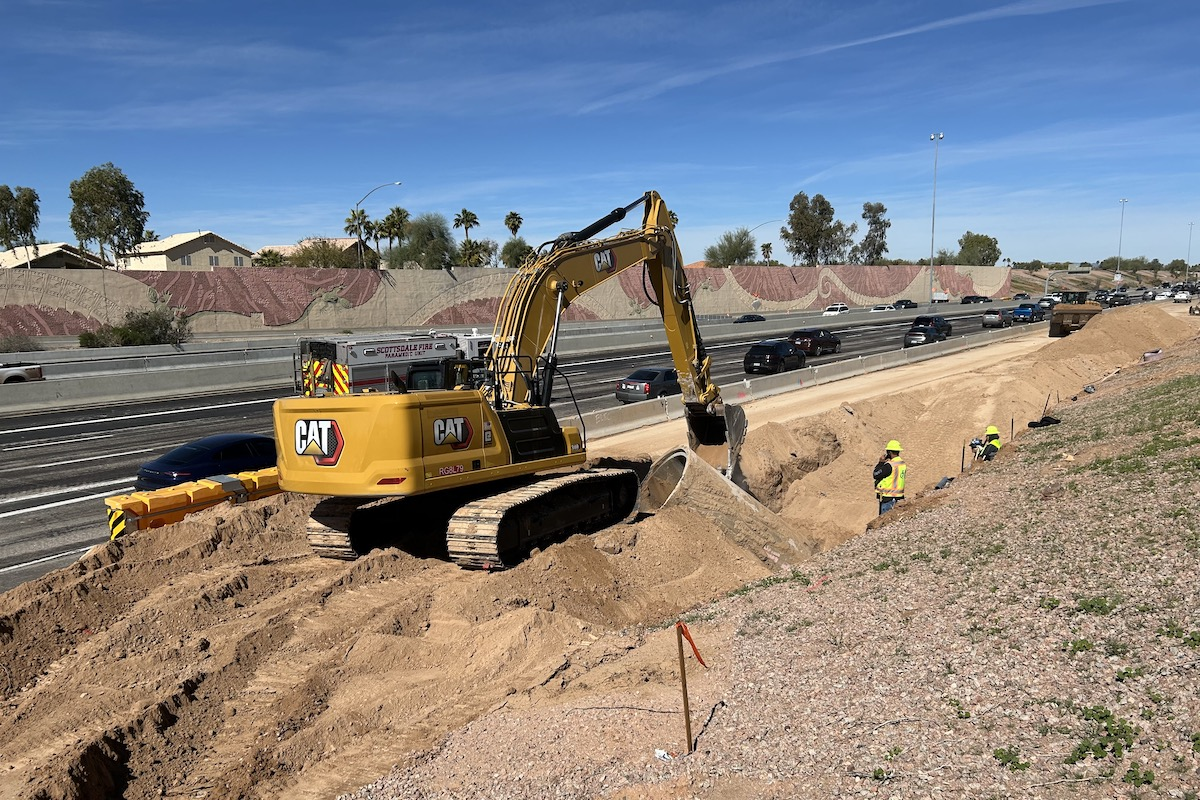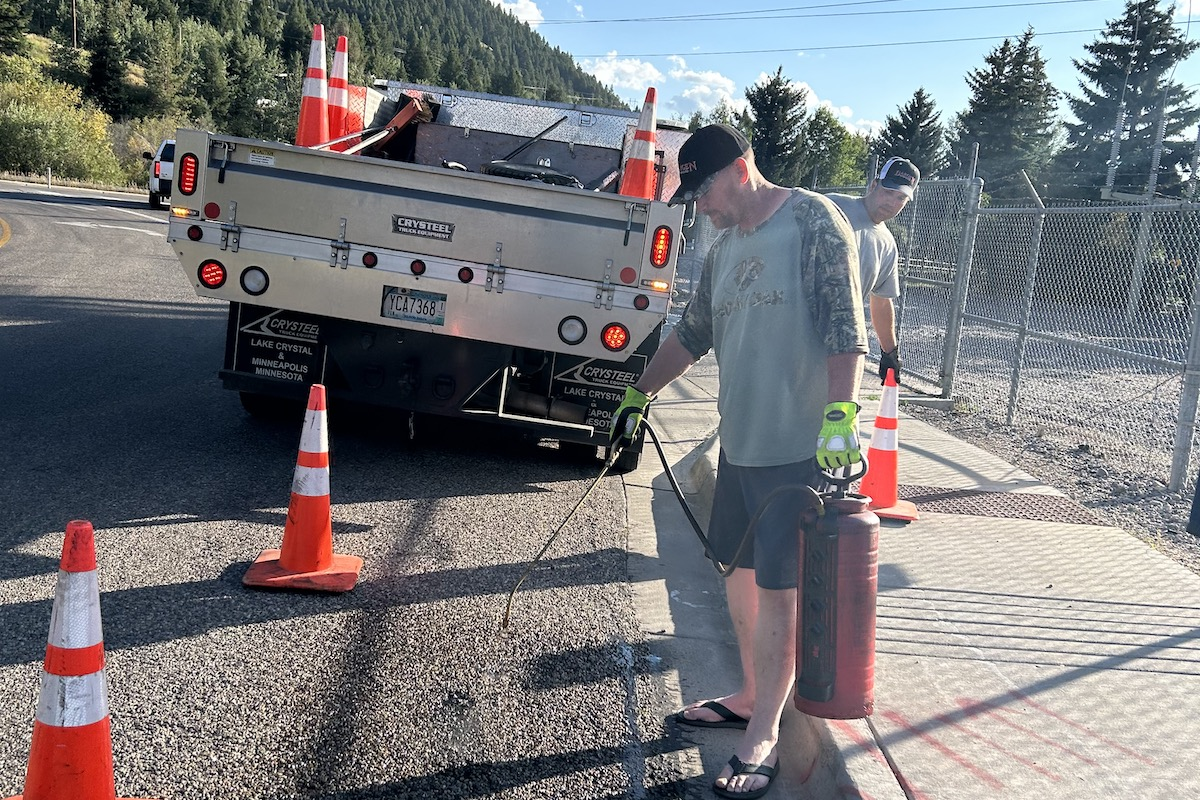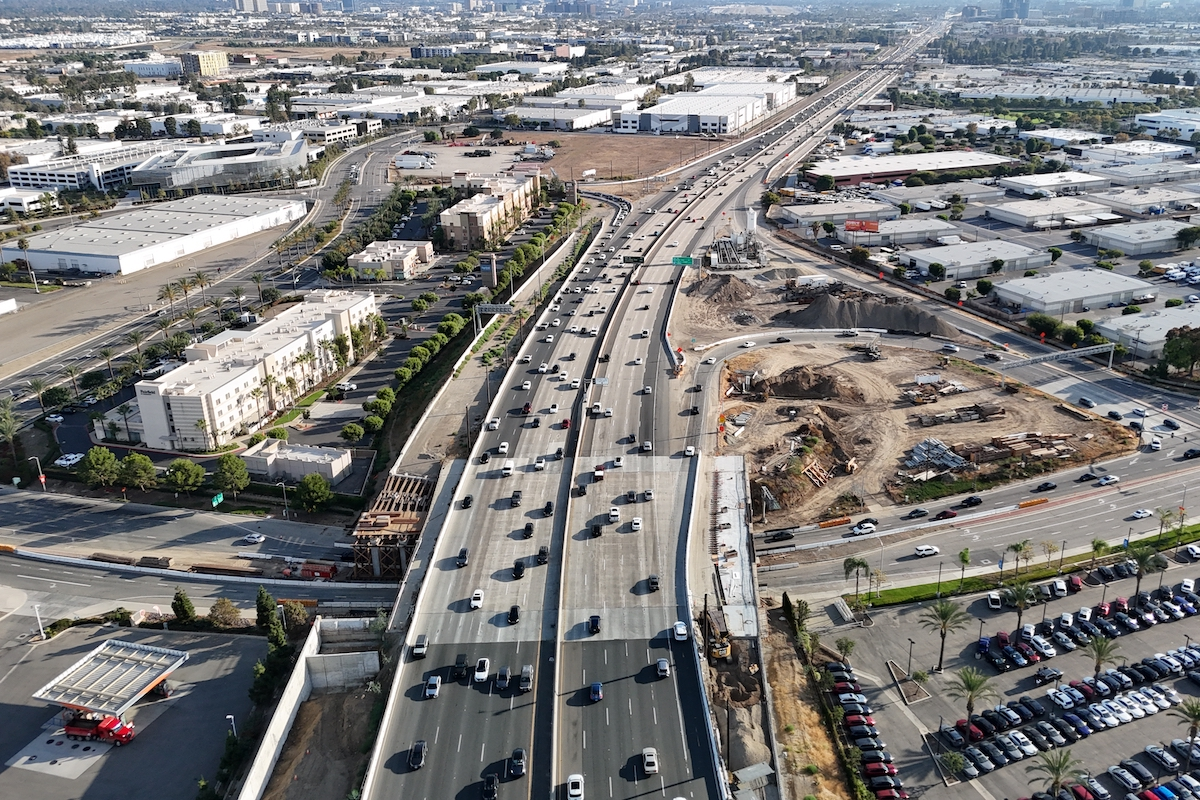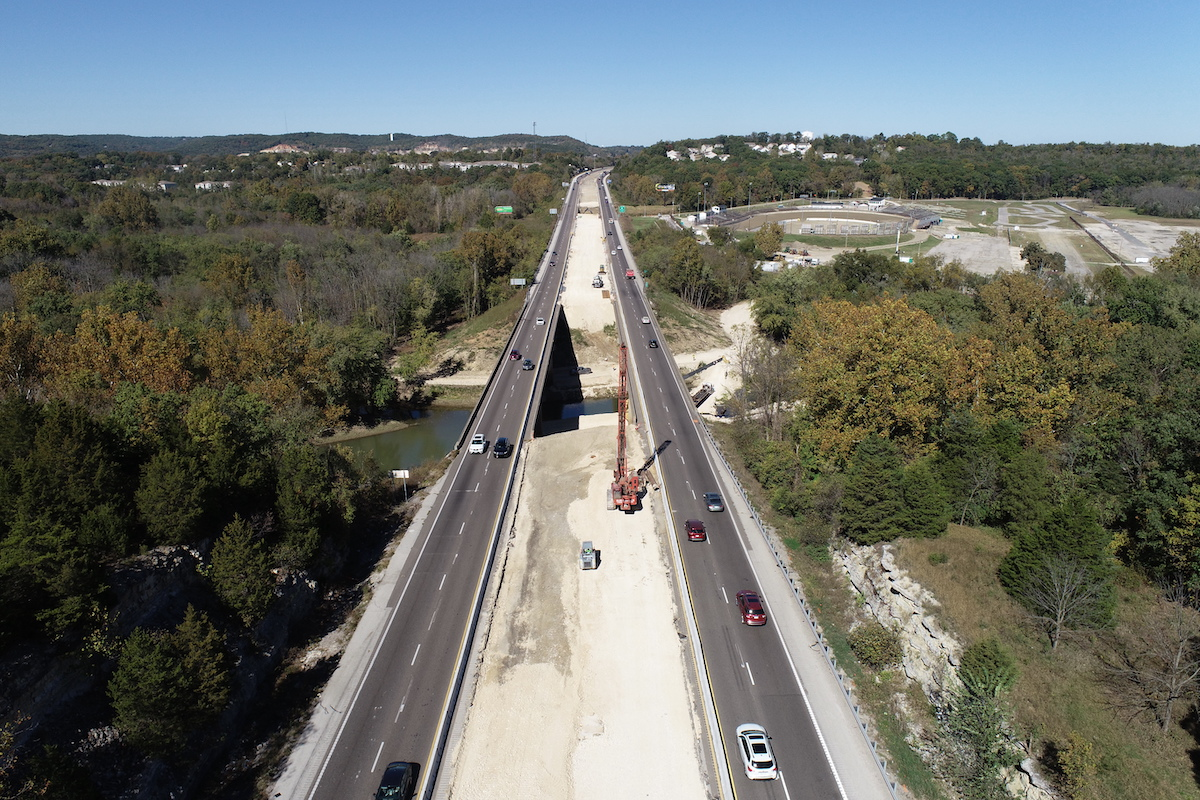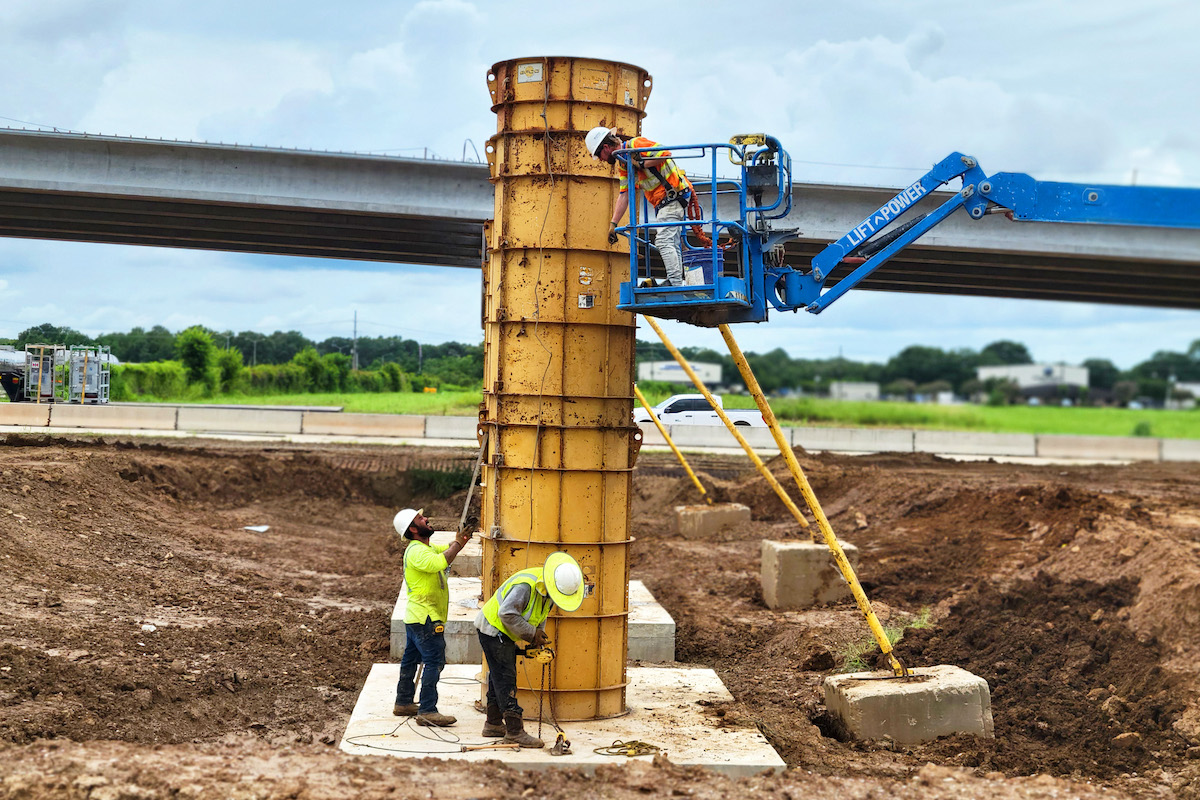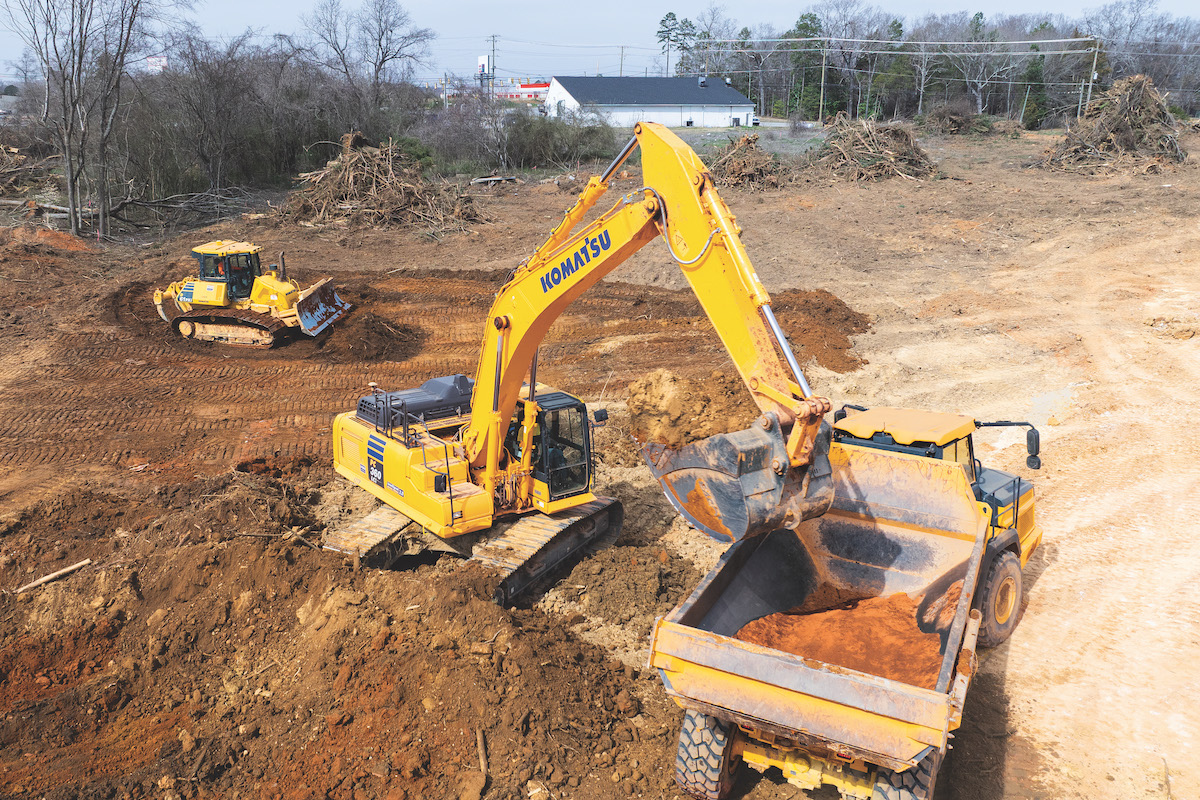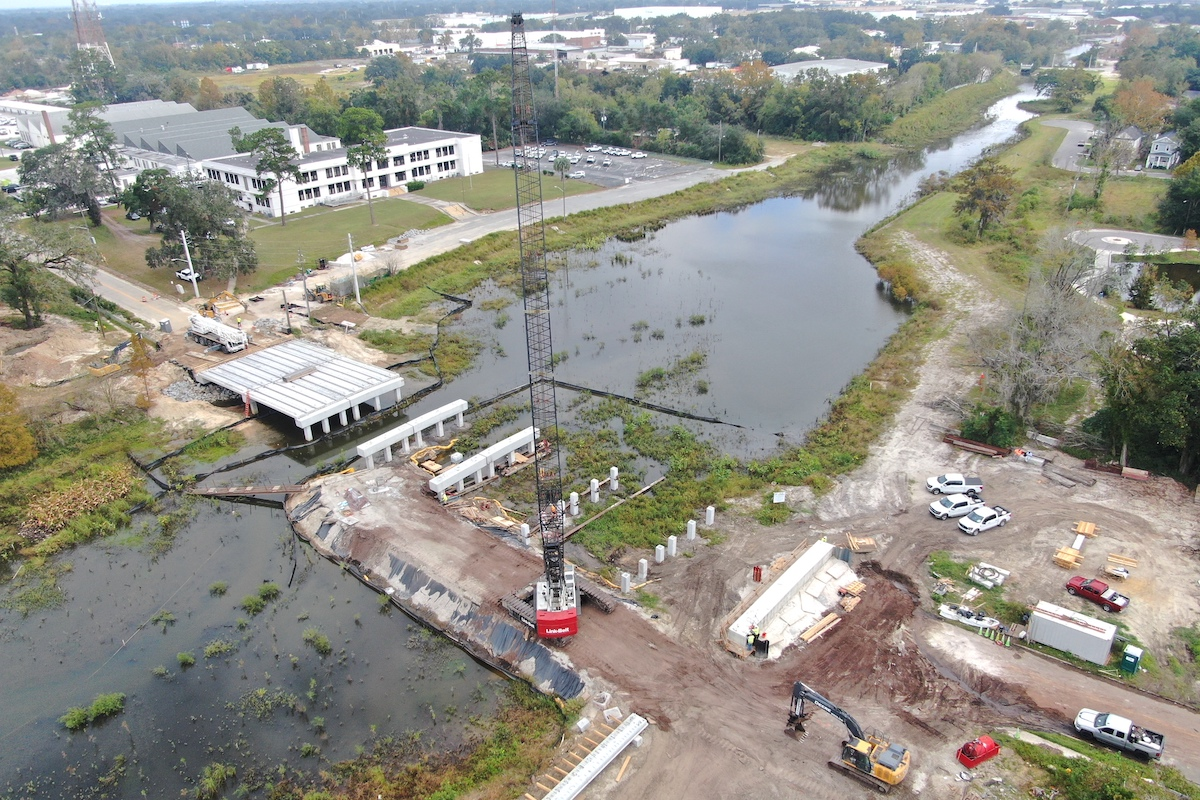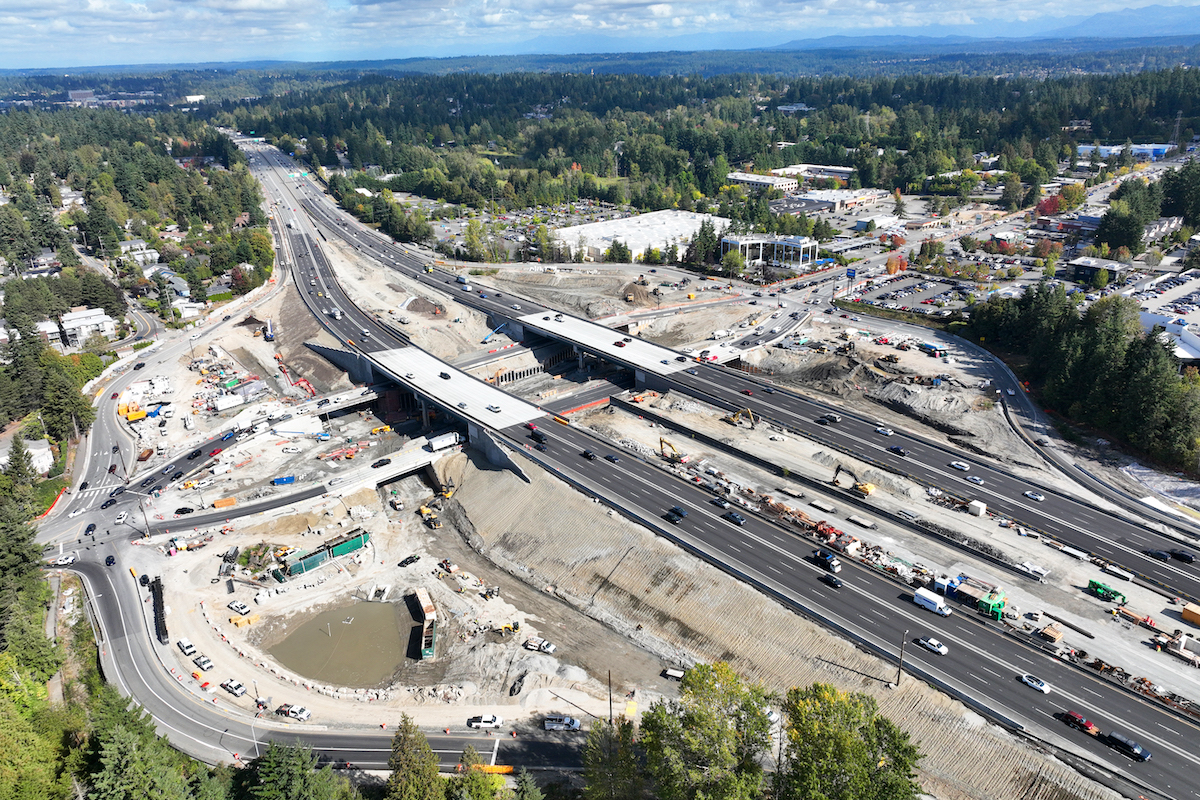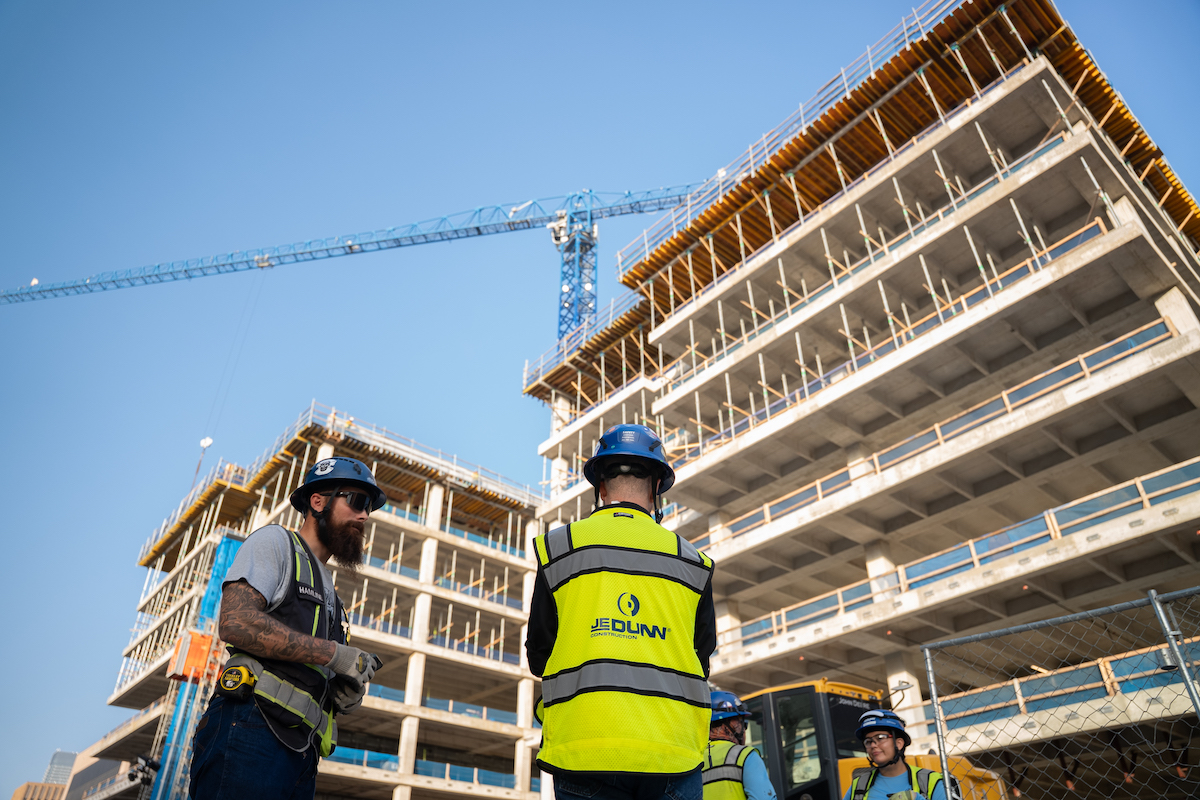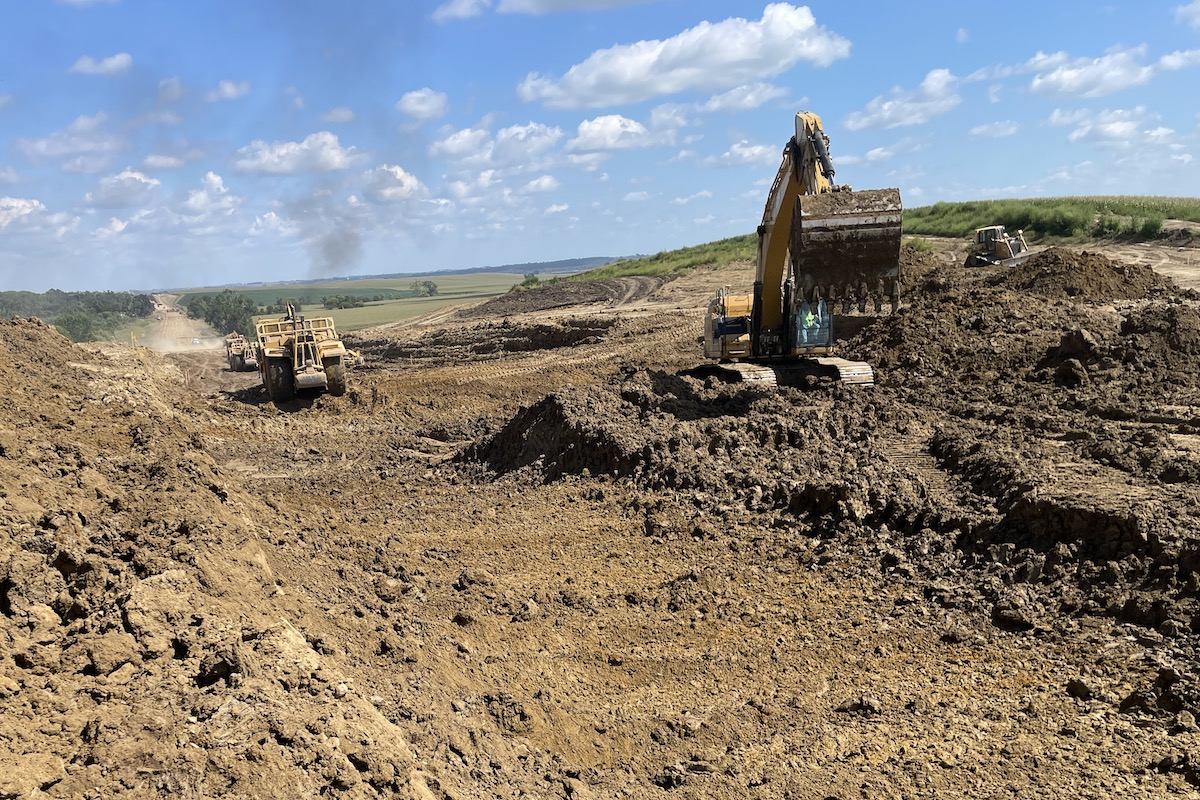When hurricanes flatten neighborhoods, wildfires scorch infrastructure, or tornadoes tear through towns, the first hours of recovery set the tone for everything that follows. Streets must be cleared. Utilities must be restored. Every delay compounds risk, cost, and hardship. The difference between chaos and coordinated recovery often comes down to the right machines being ready before disaster strikes.
Two types of equipment can be indispensable in these moments: vacuum excavators and stand-on skid steers. Compact yet powerful, these machines bring precision and adaptability to the unpredictable conditions that define post-disaster work.
The compact footprint and 360-degree visibility of stand-on skid steers allow them to move through cluttered, hazardous environments where space is limited and urgency is constant. Operators can weave through fallen trees, debris piles, and narrow roadways while maintaining full awareness of nearby crews.
During storm season, municipalities and contractors rely on these machines to move rubble, reopen access routes, and prepare sites for utility repair. With the ability to hop on and off the machine, operators can quickly shift between handwork and machine operation, which is typical amid disaster cleanup efforts.
Stand-on skid steers and their many attachments create a Swiss Army knife-like solution when tackling multiple cleanup tasks. For example, grapples are especially effective for picking up debris like tree branches or building materials, while buckets and forks help with loading and hauling. Because most cleanup zones contain nails and metal fragments, tracked models are typically preferred over wheeled options because they resist punctures and maintain stability across uneven or soft terrain.

| Your local Volvo Construction Equipment dealer |
|---|
| Faris Machinery |
Choosing the correct model isn’t just about horsepower — it’s about reach and lift height. A machine with a hinge pin high enough to dump into a standard 7- or 8-foot dumpster can cut hours from a day’s work and save operators from constant repositioning. And because stand-on skid steers can be hauled without a commercial driver’s license, crews can move quickly between sites without logistical delays.
When speed meets caution, vacuum excavators take over. These machines bring surgical precision to tasks where traditional digging would cause damage or delay. Using powerful suction — and in many cases pressurized water — they clear mud, debris, and standing water without disturbing what lies beneath.
After Hurricane Helene swept through the Mid-Atlantic, vacuum excavators helped replace thousands of utility poles. Their ability to dig holes for replacement poles without harming buried infrastructure — and while operating hoses hundreds of feet from the truck to reach inaccessible sites — allowed crews to overcome obstacles that conventional digging equipment couldn’t, restoring power much faster.
Vacuum excavators excel in environments where crews must clear material around sensitive underground infrastructure, including pipelines, fiber optic cables, and electrical lines that may have shifted during a disaster. They uncover pipelines, fiber lines, and electrical conduits safely, minimizing damage to existing underground utilities that could trigger new emergencies.

| Your local Bobcat dealer |
|---|
| Ditch Witch West |
| Faris Machinery |
| Romco Equipment Co |
Hydro-excavation capabilities further expand their utility. By using pressurized water to break up compacted or waterlogged soil, crews can quickly and safely dig trenches for repairs, ensuring progress even under the most challenging ground conditions.
In urban disaster zones, where crews often face narrow streets or restricted sites, the compact design of many models makes them significantly easier to maneuver than larger excavation equipment. This adaptability ensures that, regardless of the emergency, vacuum excavators can quickly adjust to unique cleanup demands.
Stand-on skid steers and vacuum excavators address different parts of the same challenge. One clears the surface while the other protects what lies beneath. Together, they form a system built on speed and precision.
For contractors, utilities, and municipalities, using both machines allows crews to move from debris removal to utility repair without interruption. Stand-on units open access routes and clear debris. Vacuum excavators follow, exposing lines and foundations safely. This combined approach minimizes downtime and keeps cleanup crews working in tandem.

| Your local Gomaco dealer |
|---|
| Faris Machinery |
| Tri-State Truck & Equipment Inc |
Recovery begins long before a storm makes landfall. The communities that recover fastest are the ones that plan equipment access in advance through ownership, rental partnerships, or coordinated fleet programs.
In every disaster’s aftermath, resilience is measured not only by how quickly life returns to normal but by how well we prepared for it. Having stand-on skid steers and vacuum excavators at the ready means work can begin within hours instead of days, turning destruction into restoration.
Brant Kukuk is Product Manager for Compact Equipment and Chris Thompson is Product Manager for Vacuum Excavation at Ditch Witch.

